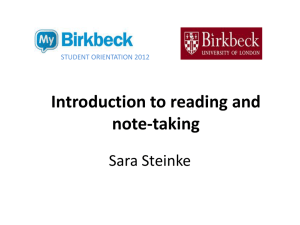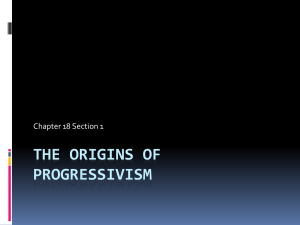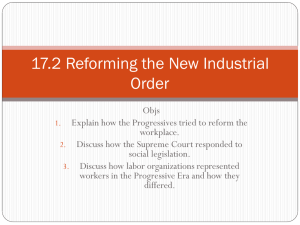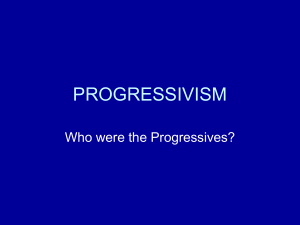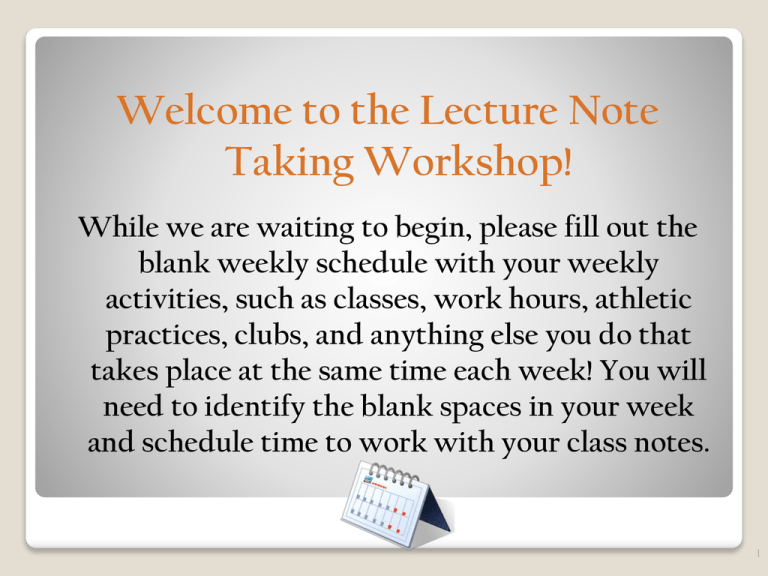
Welcome to the Lecture Note
Taking Workshop!
While we are waiting to begin, please fill out the
blank weekly schedule with your weekly
activities, such as classes, work hours, athletic
practices, clubs, and anything else you do that
takes place at the same time each week! You will
need to identify the blank spaces in your week
and schedule time to work with your class notes.
1
Don’t forget to take notes during
this lecture!
2
Prepare Your Paper
Date & Topic Here
Take Notes Here
Leave the left and bottom
margin blank for now.
3
Lecture Note-Taking Trivia
The average lecture contains _____ words.
Average note takers record approximately __% of
important ideas.
Best note takers record approximately __% of
important ideas.
First year students record only __% of important
ideas.
4
Lecture Note-Taking Trivia
The average lecture contains 5,000 words.
Average note takers record approximately 40% of
important ideas.
Best note takers record approximately 75% of
important ideas.
First year students record only 11% of important ideas.
Sources available at the end of slide show.
5
Lecture Note-Taking
Why aren’t students taking notes or why do they take
notes poorly?
1.
2.
3.
4.
Note taking will distract from listening.
Notes are unnecessary b/c material is in readings
or on slides.
Never had to do it before.
Don’t know how.
6
Lecture Note-Taking
Why Should Students Take Notes?
1.
2.
3.
There is a positive correlation between writing and
recalling.
Note taking Increases focus and comprehension
during lecture.
Taking notes helps us to sort and store
information in a more organized fashion.
7
Lecture Note-Taking
Why Should Students Take Notes?
Grade
Level of Accomplishment
Quality Points
A
Highest Level of Work
4.00
A-
3.67
B+
3.33
B
Better than Average Work
3.00
B-
2.67
C+
2.33
C
Average Work
2.00
C-
1.67
D+
1.33
D
1.00
D-
Minimum Level of Passing Work
0.67
E
Failing Work
0.00
8
Lecture Note-Taking
Why Should Students Take Notes?
Semester Honors
Dean’s List = 3.40-3.69
Dean’s with Honors = 3.70-3.99
President’s List = 4.0
9
Lecture Note-Taking
A note taking system should help
you study daily, improve
comprehension of lecture, retain
information throughout the
semester, and encourage you to
check your understanding of
material regularly.
10
Lecture Note-Taking
1. Before Class
2. During Class
3. After Class
11
Student Learning Center 2013
Lecture Note-Taking
Before Class
Do homework
Review syllabi
Gather tools
12
During Class
Prepare Paper
Date & Topic Here
Take Notes Here
Leave the left and
bottom margin blank
for now.
13
Lecture Note-Taking
During Class
• Record notes
• Leave blank space
• Write legibly
• Abbreviate
14
Lecture Note-Taking
During Class
Listen for Patterns of Organization
•
•
•
•
•
List
Time Sequence
Compare/Contrast
Cause/Effect
Examples
15
Lecture Note-Taking
During Class
Listen for verbal cues
16
Lecture Note-Taking
During Class
Observe nonverbal cues
17
DATE: 10/2
LECTURE TOPIC: Progr.
Progressivism=reforms
increased gov. control organized change vs.
revolt.
Early 1900’s
Socialists
human need vs./ profit
Distribute wealth more evenly
collective ownership of a nation’s wealth
Suffrage—get women right to vote
social welfare
basic standard of living
unemployment, accident, health insur.
social sec.
Progressives=educated, wealthy.
Didn’t want change to happen by revolt—
systematically look at data and human
testimony—then careful programming.
3 main progressives:
Henry George—single tax
Ed Bellamy—book Loooking SOMETHING?
Florence Kelly—child labor working cond. And
hours for women and kids
18
Lecture Note-Taking
After Class
• Review
• Organize
• Clarify
• Amplify
19
Lecture Note-Taking
After Class
Turn notes into questions.
20
Lecture Note-Taking
After Class
Check Knowledge
21
10/2/15
Progressivism
What specific
issues did
Progressives wish
to reform?
What are common
themes among the
various examples of
Progressive
reforms?
Who were the
Progressives?
How did they hope
to affect change?
What obstacles did
the Progressives
encounter?
Progressivism=reforms
increased gov. control organized change vs.
revolt.
Early 1900’s
Ex. Socialists
human need vs./ profit
Distribute wealth more evenly
collective ownership of a nation’s wealth
Ex. Suffrage—get women right to vote
Ex. social welfare
basic standard of living
unemployment, accident, health insur.
social sec.
Progressives=educated, wealthy.
Didn’t want change to happen by revolt—
systematically look at data and human
testimony—then careful programming.
3 main progressives:
Henry George—single tax
Ed Bellamy—book Loooking Backward
Florence Kelly—child labor working cond. And
hours for women and kids—some families were
against kid labor reforms b/c they needed the
money.
22
Lecture Note-Taking
After Class
Summarize
23
10/2/13
Progressivism
What specific
issues did
Progressives wish
to reform?
What are common
themes among the
various examples of
Progressive
reforms?
Who were the
Progressives?
How did they hope
to affect change?
What obstacles did
the Progressives
encounter?
Progressivism=reforms
increased gov. control organized change vs.
revolt.
Early 1900’s
Ex. Socialists
human need vs./ profit
Distribute wealth more evenly
collective ownership of a nation’s wealth
Ex. Suffrage—get women right to vote
Ex. social welfare
basic standard of living
unemployment, accident, health insur.
social sec.
Progressives=educated, wealthy.
Didn’t want change to happen by revolt—
systematically look at data and human
testimony—then careful programming.
3 main progressives:
Henry George—single tax
Ed Bellamy—book Loooking Backward
Florence Kelly—child labor working cond. And
hours for women and kids—some families were
against kid labor reforms b/c they needed the
money.
Progressivists wanted to make changes through government that would
improve the quality of life of specific populations who were being
oppressed.
24
Lecture Note Taking Sources
Johnston, A.H. & Su, W.Y. (1994). Lectures—A learning experience?
Education in Chemistry (May), 70-76
Kiewra, K.A. (2005). Learn how to succeed and SOAR to success. Upper Saddle
River, NJ: Pearson Prentice Hall.
Kiewra, K.A. (1985). Providing the instructor’s notes: An effective addition to
student notetaking. Educational Psychologist 20, 33-39.
Kiewra (1985); Johnston & Su (1994); Potts, B. (1993). Improving the quality
of student notes. ERIC Document Reproduction Services: ED 366645;
Bligh, D.A. (2000). What’s the use of lecture? San Francisco: Jossey-Bass.
Pauk, Walter (2000). Essential study strategies. Clearwater, FL: H&H
Publishing.
25



